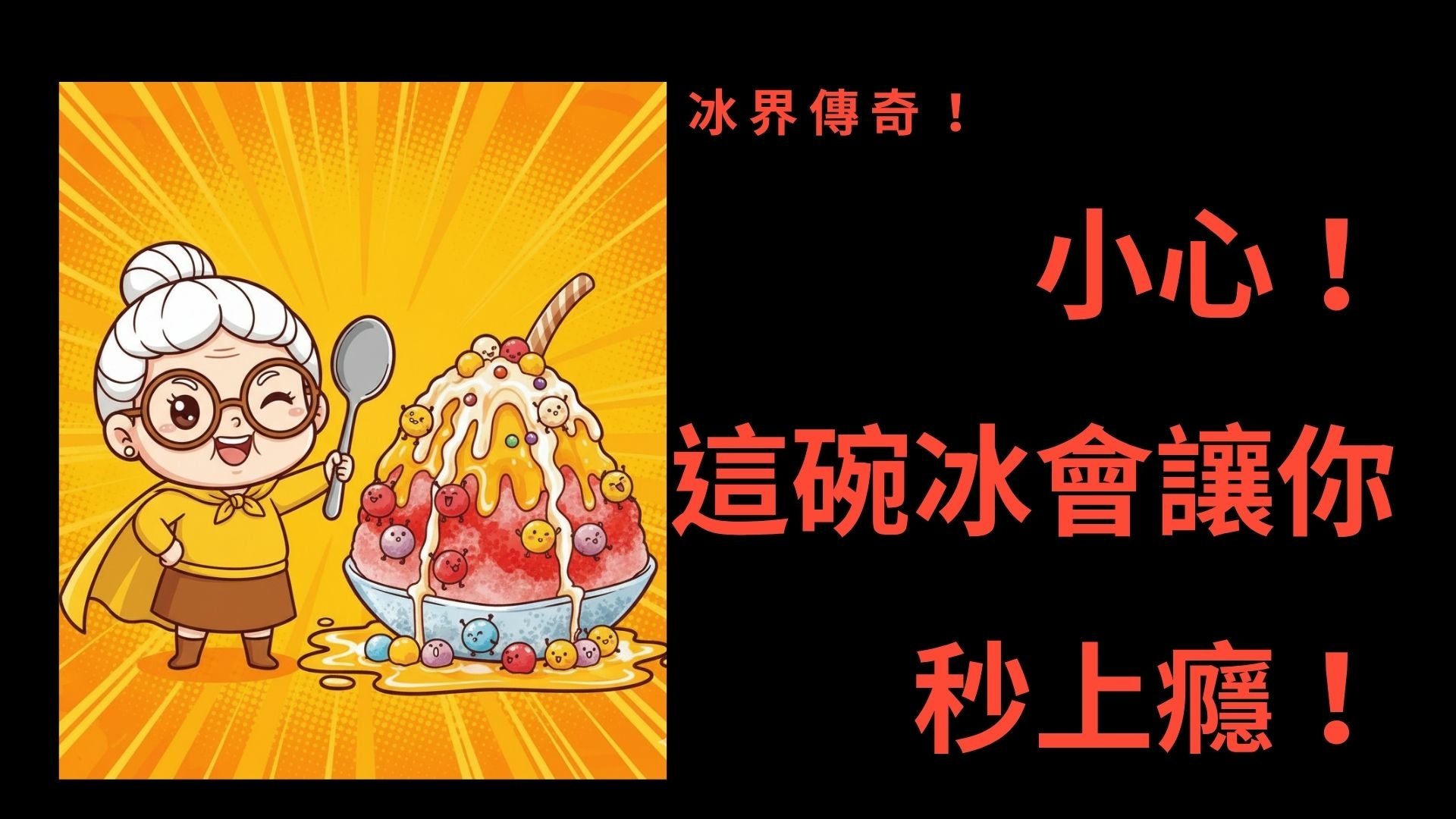Hello there:
這裡要談的是 leading Price-to-earnings的構成要件!!
<1>.先談P/E的重組與其背後的財務意涵:
Recall that Po = D1/(r-g) = E1 * (1- retention rate)/(r-g)
as Po = Sum of (Each period Dividends paid, with the growth rate g, discounted by (1+ r(required rate of return)))
Po = E1 * (1-b)/(r-g) i.e., Po/E1 = (1-b)/(r-g)
we define that P/E = 1/r + PVGO/E, thus we further decompose the forward price-to-earnings as
Po/E1 = 1/r * [r*(1-b)/(r-g)]
= 1/r * [1 + (g-r*b)/(r-g)]
= 1/r * [1 + (ROE*(g-r*b))/(ROE*(r-g))]
= 1/r * [1 + g*(ROE-r)/(ROE*(r-g))]
= 1/r + [(ROE-r)/(ROE*r)]*[g/(r-g)]
= 1/r + [1/r - 1/ROE]*[g/(r-g)]
Intrinsic P/E
= Tanginle P/E + Franchise P/E (PVGO/E)
= Tangible P/E + Franchise Factor * Growth Factor
where Tangible P/E = 1/r is the P/E ratio as thee firm is with no growth opportunities
and Franchise Factor = 1/r- 1/ROE as ROE > r is given,
Growth Factor = g/(r-g) as r > g is given !!!
(小結)
1. ROE = r,表示企業賺得的就是其required rate of return,因此其Po/E1 = 1/r,沒有其他成長的動能能夠再驅使P/E值更高了!!
2. b = 0,表示企業將所有賺到的都發成現金股利並...沒有保留任何現金下來, 因此Po/E1 = 1/r (as g = ROE*b = 0)!!
3. Po = DPS(1)/r = EPS(1)/r = E1/r 當企業沒有保留任何現金下來做為日後成長之用,因此出現小結 2的情況,但當企業有NPVGO(Net present value of growth opportunity in outstanding per share term)時,企業價值可以進一步寫成
Po = EPS/r + NPVGO (in outstanding per share basis).
此處的EPS為每期都相同,因為全部會發成現金股利出去,企業股利是沒有成長的(g = 0)!!
因此其本益比可以進一步寫成
Po/E1 = 1/r + NPVGO/E1 (Po為第零期的股價,而E1為第一期的EPS)
<2>.再談通貨膨脹對於P/E的影響:
考量一家沒有成長性的企業,因此並不保留任何現金作為成長之用 (b = 0 for g = 0)
E1 = Eo * (1+I) 其中 I is for the inflation rate
Po = E1/(r-I) = Eo*(1+I)/(r-I)
再細考量, a partial inflation flow-through of lambda percent, 我們知道earnings are only inflated at a rate of lambda*I,
E1 = Eo * (1 + lambda * I)
因此
Po = Eo * (1 + lambda * I)/(r - lambda * I) as no growth happens....
= Eo * (1 + lambda * I)/(lo + (1- lambda) * I)
其中 lo = real required rate of return = r-I
= E1/(lo + (1- lambda) * I)
so we have
Po/E1
= 1/[lo + (1 - lambda) * I)]
= 1/[ real required rate of return + (1 - flow thru rate) * Inflation rate]
A company operating in a high inflation situation can be penalizaed if it can not pass through inflation!!
i.e., higher pass through inflation => Higher P/E ratio!!
(小結)
1. flow-thru rate < 100% => Higher inflation leads to lower P/E !!
2. flow-thru rate = 100% => P/E = 1/ real required rate of return (not nominal rate)!!
 留言列表
留言列表



 {{ article.title }}
{{ article.title }}